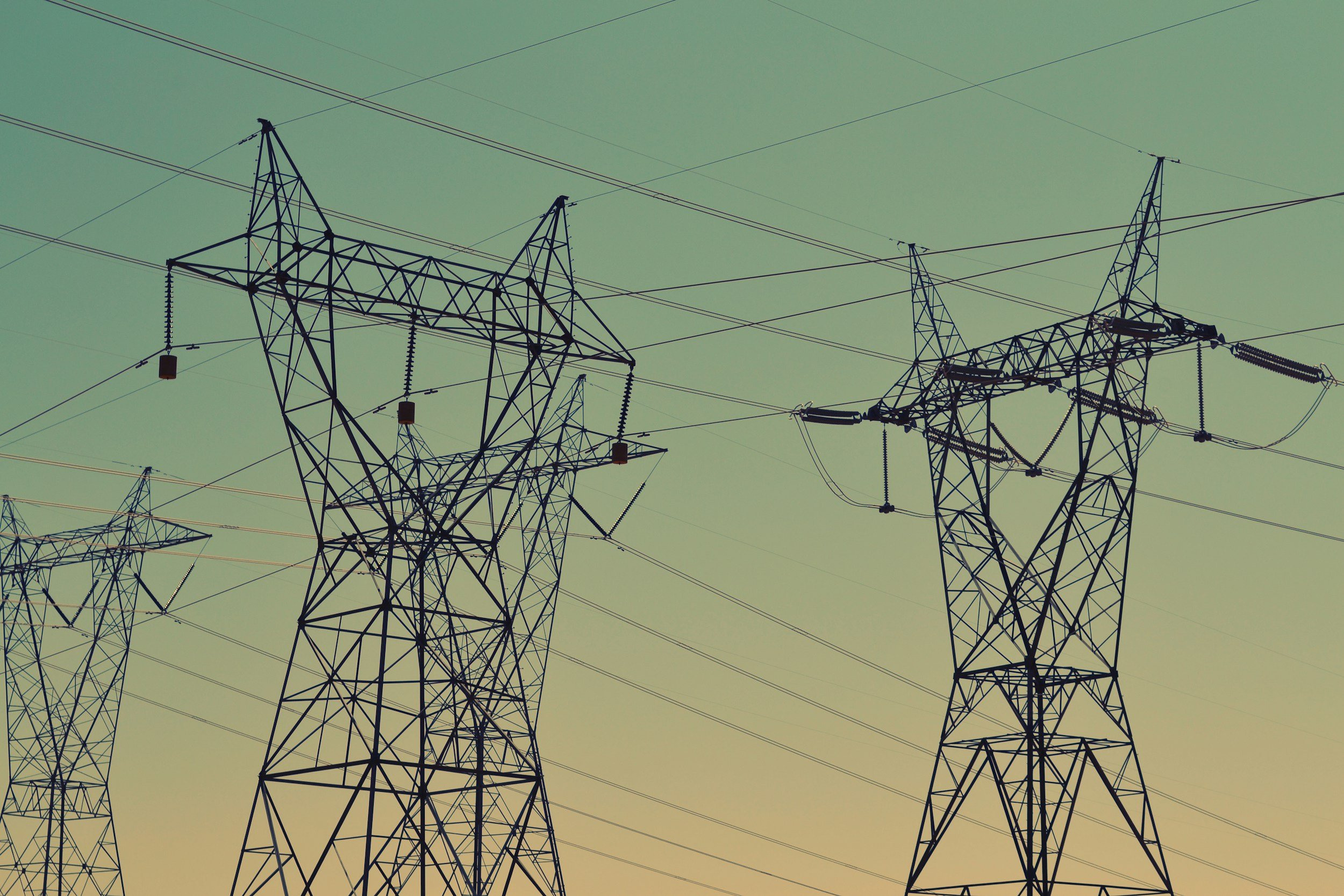ELECTRICAL SAFETY
Electrical Safety
The hazards associated with electricity affect the majority of workplaces. Whether you are in general industry, construction, or even farming- electrical hazards are present. It is important to be able to recognize the electrical hazards around you and know how to mitigate them.
Electricity-Related Injuries
According to Electrical Safety Foundation International, between 1992 and 2010, there were 5,096 fatalities in the United States due to contact with electricity. There were a total of 66,748 injuries that required days away from work in the same time period due to electricity. The construction industry experiences the majority of injuries and fatalities due to electricity. These statistics do not include injuries caused by secondary events. For example, an individual falling from a ladder due to getting shocked. If these types of injuries were included, the statistics would be higher.
Also, everyday there are workers who suffer some type of shock, but do not seek or require treatment for their injuries. Because of this, it is difficult to track the occurrence of electrical shock in the workplace fully.
Common Electrical Hazards
Overhead powerlines
Underground powerlines
Lightning
Faulty equipment
Working on energized equipment
Improper grounding
Damaged insulation
Electrical Safety
Maintain at least a 10-foot distance from 50kV overhead powerlines; add more distance as the voltage increases. Also, avoid the poles themselves to avoid bringing lines to the ground.
Call your local 811 utility locator prior to digging to avoid unexpectedly striking an underground electrical line or any other utility.
Inspect all cords for damaged insulation or missing ground prongs. If either of these conditions exists get them fixed by a professional or remove them from use.
Never work on energized equipment. Always follow proper lock and tag out procedures before performing electrical work. Test the power after locking and tagging out to ensure there is no power being fed to what you are working on.
Do not operate electrical equipment in wet conditions. Also avoid having electrical components in a wet environment unless they are protected.
Secure all electrical boxes and panels. Ensure components in and around these panels are in good working condition and not missing.
Summary
There are many different electrical hazards in any one workplace. It is important to understand electrical safety and respect the dangers electricity poses. Eliminate any electrical hazards in your work area to avoid an injury to yourself or another coworker.

